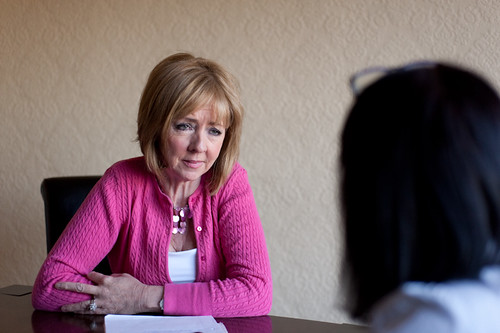 As a Collaborative Divorce Attorney, I have seen many clients who are ambivalent about getting a divorce. How do I know they are ambivalent? Because, in addition to the story they tell me, I ask potential clients to take the…
As a Collaborative Divorce Attorney, I have seen many clients who are ambivalent about getting a divorce. How do I know they are ambivalent? Because, in addition to the story they tell me, I ask potential clients to take the…  The “Rule of Relationship” is one of the most powerful forces in our lives. Often we are not even aware of its existence. In a divorce, it can be more powerful than the rule of law.
Here is how it…
The “Rule of Relationship” is one of the most powerful forces in our lives. Often we are not even aware of its existence. In a divorce, it can be more powerful than the rule of law.
Here is how it…
My previous posts have covered: Making the decision to get divorced and searching out the various processes on how to get divorced, including collaborative divorce. From my way of thinking, which is not necessarily how anyone else might think,…
It turns out that dogs are great teachers about relationships. My dog recently taught me that I cannot get him (or anyone else) to do something simply by being right. Being right will not get you what you want in…
There is a very funny video making the rounds that shows a woman talking to her husband about this mysterious pain in the middle of her forehead. Early in the video we are shown that the pain is being caused…
A recent article in the New York Times suggests that big-money divorces provide lessons for less-wealthy couples. Regardless of a couple’s income or net worth, several questions are common to most marriage dissolutions, including:
- How can we create a parenting
 I recently saw the new Woody Allen film, Blue Jasmine. It stars Cate Blanchett and Alec Baldwin as a couple who live the high life and then the low life following divorce. The story line and themes in this…
I recently saw the new Woody Allen film, Blue Jasmine. It stars Cate Blanchett and Alec Baldwin as a couple who live the high life and then the low life following divorce. The story line and themes in this… 



